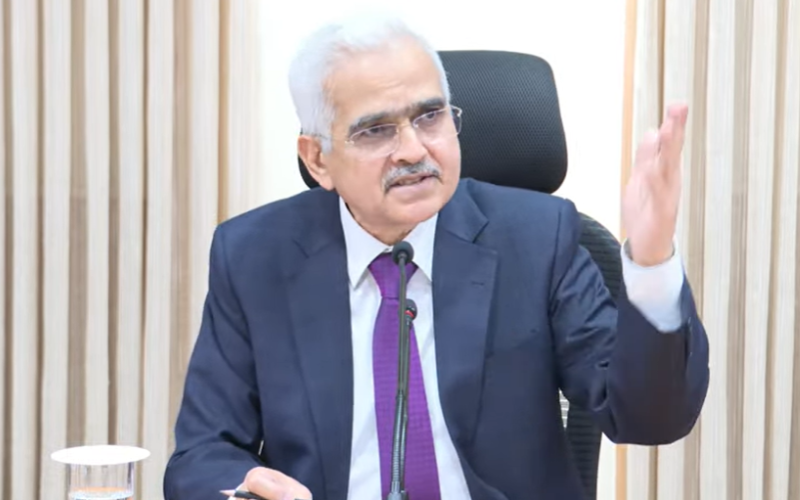The Monetary Policy Committee (MPC) headed by Shaktikanta Das, Governor of the Reserve Bank of India (RBI), on Friday decided to keep the policy repo rate under the liquidity adjustment facility (LAF) unchanged at 6.50%. The standing deposit facility (SDF) rate also remained unchanged at 6.25% and the marginal standing facility (MSF) rate and the Bank Rate at 6.75%.
The real GDP growth for 2024-25 is projected at 7.0% with Q1 at 7.1%; Q2 at 6.9%; Q3 at 7.0%; and Q4 at 7.0%.
The MPC further announced some additional measures. Here is all you need to know:
1. Trading of Sovereign Green Bonds in International Financial Services Centre (IFSC): With a view to facilitating wider non-resident participation in Sovereign Green Bonds, a scheme for investment and trading in these Bonds in the IFSC will be notified shortly.
2. RBI Retail Direct Scheme – Introduction of Mobile App: The RBI Retail Direct Scheme was launched in November 2021. It is now proposed to launch a mobile app for accessing the Retail Direct portal. This will be of greater convenience to retail investors and deepen the G-sec market.
3. Review of Liquidity Coverage Ratio (LCR) Framework: Technological developments have enabled bank customers to instantly withdraw or transfer money from their bank accounts. While improving customer convenience, this has also created challenges for banks to deal with potential situations when, due to certain factors, a large number of depositors decide to instantly and simultaneously withdraw their money from banks.
The developments in certain jurisdictions last year demonstrated the difficulties it can create for banks to deal with such situations. A need has, therefore, arisen to undertake a comprehensive review of the LCR framework for banks. A draft circular will be issued shortly for stakeholder consultation.
4. Dealing in Rupee Interest Rate Derivative products – Small Finance Banks: At present, Small Finance Banks (SFBs) are permitted to use only Interest Rate Futures (IRFs) for proprietary hedging. It has now been decided to allow SFBs to use permissible rupee interest derivative products. This will allow further flexibility to SFBs for hedging their interest rate risk and enhance their resilience.
5. Enabling UPI for Cash Deposit Facility: Deposit of cash through Cash Deposit Machines (CDMs) is primarily being done through the use of debit cards. Given the experience gained from card-less cash withdrawal using UPI at the ATMs, it is now proposed to also facilitate deposit of cash in CDMs using UPI. This measure will further enhance customer convenience and make the currency handling process at banks more efficient.
6. UPI Access for Prepaid Payment Instruments (PPIs) through Third Party Apps: At present, UPI payments from Prepaid Payment Instruments (PPIs) can be made only by using the web or mobile app provided by the PPI issuer. It is now proposed to permit the use of third-party UPI apps for making UPI payments from PPI wallets. This will further enhance customer convenience and boost adoption of digital payments for small value transactions.
7. Distribution of Central Bank Digital Currency (CBDC) through Non-bank Payment System Operators: The CBDC pilots are currently in operation with increasing number of use-cases and participating banks. It is proposed to make CBDC-Retail accessible to a broader segment of users by enabling non-bank payment system operators to offer CBDC wallets. This will also facilitate testing of the resiliency of CBDC platform to handle multi-channel transactions.
